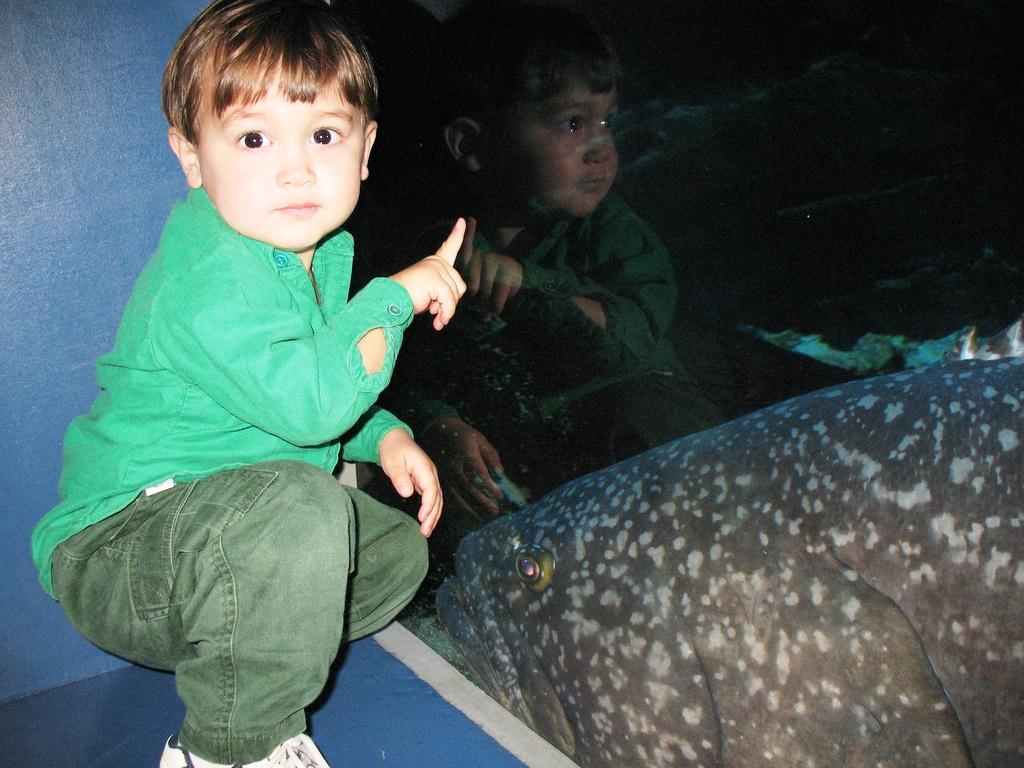Sign Up For Our E-Blast To Receive Information on our Books, Speech Therapy materials and our latest freebies!
What is a Phonological Process?
Does your child consistently say “pish” or “tish” for “fish” or “TB” for “TV”?
Photo Source: Photo Credit: hoyasmeg
If such substitution patterns frequently occur then he’s mostly likely demonstrating what’s called a – phonological process.
What is a phonological process?
A phonological process occurs when a predictable pattern of errors is produced in attempts to simplify adult speech.
The particular phonological process in the above example is called stopping.
There are several other types as well (i.e. gliding, final consonant deletion, cluster reduction, etc).
Some phonological processes are expected to occur at certain ages.
As a child matures, phonological processes naturally go away as he gains awareness and increases control of his oral musculature. If phonological patterns persist when they are no longer age appropriate, not only will intelligibility suffer, but the child’s risk for having reading and spelling difficulties increases.
The phonological process of stopping for “f” is typically out grown by 3 years old.
The phonological process of stopping for “v” is typically out grown by 3 and half years old.
If your child is demonstrating active phonological processes, showing frustration because others can’t understand him, then it may be wise to contact a speech language pathologist for assistance in this area. Kim Scanlon specializes in treating children and adults who have phonological and articulation disorders.
For related posts please see:
What’s an Articulation Disorder?
Oral Motor Development and Pacifiers
Kimberly Scanlon, M.A. CCC-SLP is a speech language pathologist, an author and a mother. As the owner of Scanlon Speech Therapy, LLC, a unique boutique practice in Bergen County, Kimberly embraces individuality and treats the whole person. Her goal is to spread compassion, hope, and some speech, language and literacy tips one moment, one person at a time. Her first book, My Toddler Talks: Strategies and Activities to Promote Your Child’s Language Development and her her second book, Learning to Read is a Ball
are available for purchase at online at Amazon and Barnes and Noble.

